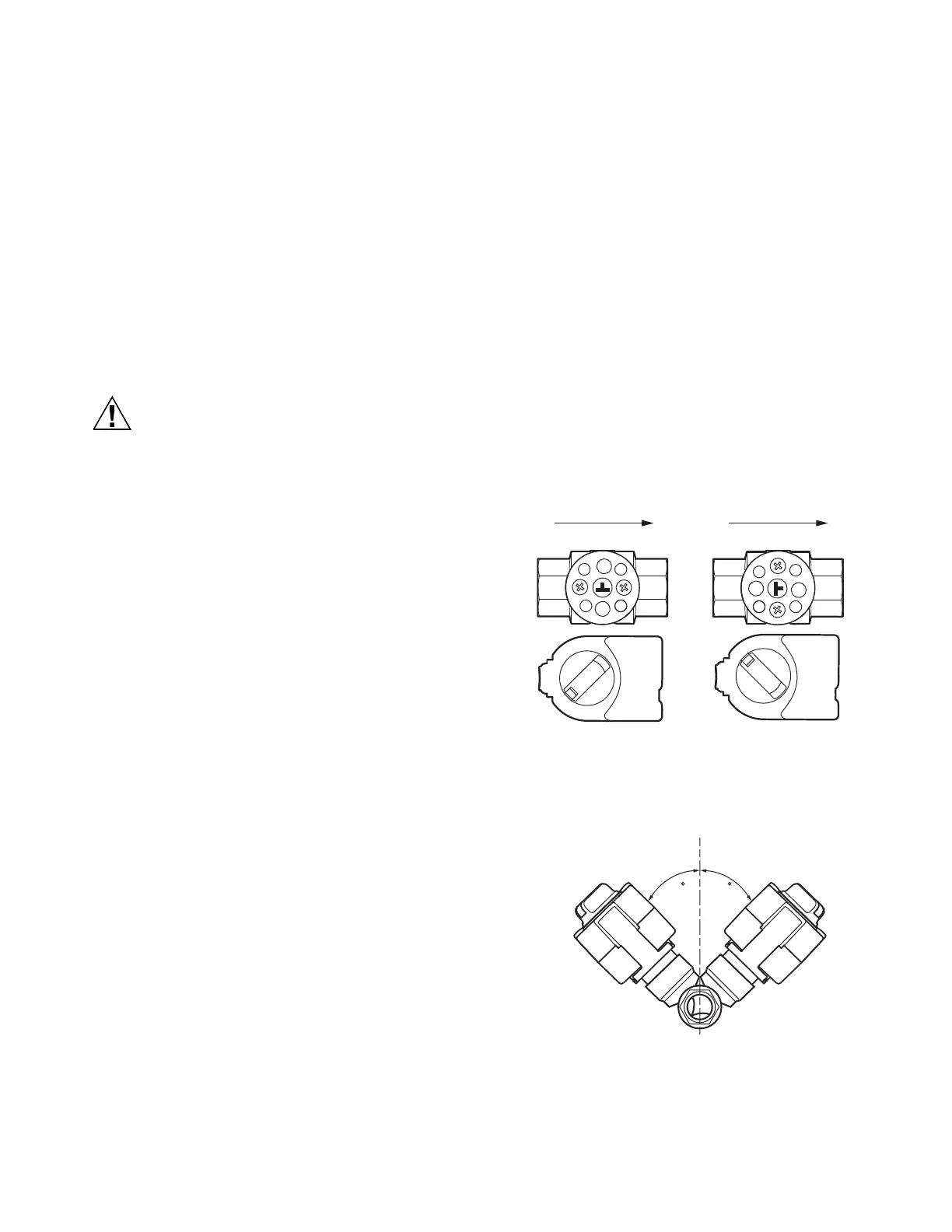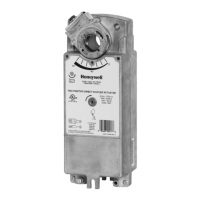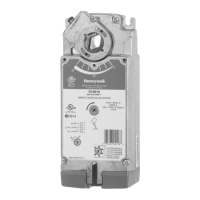VRN PRESSURE INDEPENDENT CONTROL VALVES AND ACTUATORS
13 38-00032—01
INSTALLATION
When installing this product...
1. Read these instructions carefully. Failure to follow
them could damage the product or cause a
hazardous condition.
2. Check ratings given in instructions and on the
product to ensure the product is suitable for your
application.
3. Installer must be a trained, experienced service
technician.
4. After installation is complete, check out product
operation as provided in these instructions.
Preparation
Equipment Damage Hazard
Foreign particles like dirt and metal chips can
damage the ball seals.
For trouble-free operation of the product, good
installation practice must include initial system
flushing, and chemical water treatment. Clean the
lines upstream of particles larger than 1/16 inch
diameter (welding slag, pipe scale, sand and other
suspended particulate). Use of a 50 micron (or
finer) system side stream filter is suggested.
Remove all filters before flushing.
Do not use boiler additives, solder flux and wetted
materials which are petroleum based or contain
mineral oil, hydrocarbons, or ethylene glycol
acetate. Compounds which can be used, with
minimum 50% water dilution, are diethylene glycol,
ethylene glycol, and propylene glycol (antifreeze
solutions).
If installing these valves in an addition to, or
retrofitting an existing building, do not assume that
the fluid in the existing piping meets these criteria.
Mechanical Installation
IMPORTANT:
Hold valve with pipe wrench by hexagonal fitting
ONLY. Do NOT handle the valve body with the pipe
wrench; product damage may result.
The valves are tapped in NPT and should be sealed with an
approved pipe sealant. Torque should not exceed 75 lb-ft.
Refer to actuator literature for actuator dimensions.
1. Clean the lines upstream of particles larger than
1/16 in. diameter (welding slag, pipe scale and other
contaminants).
2. Proceed with installation once the system specifics
(expansion/contraction of the system and its
medium as well as operating pressures) are within
tolerances.
3. Eliminate air from system.
4. Two-way valves are marked to show flow direction.
IMPORTANT
Flow arrows must point in the direction of the flow
for proper operation.
5. Stem rotation:
a. For two-way valves:
(1) Clockwise to close.
(2) Counterclockwise to open.
NOTE: After valves have been installed in the piping,
the installer can determine the ball
orientation within the valve from the notches
in the top of the valve stem. For two-way
valves, the lengthwise direction of the notch
indicates the flow through the ball (i.e. when
the notch is parallel to the axis of the valve
between A and B ports, the ball will allow flow
through the valve).
6. Valve must be mounted with the actuator/bracket
above the valve body. Do not install the valve with the
stem below horizontal or upside down.
(See Fig. 7 – 9.)
Fig. 6. Orientation of valve.
Fig. 7. Acceptable valve angle from vertical
for MVN actuators.
M34979
FLOW FLOW
2-WAY; CLOSED
2-WAY; OPEN
NOTES: FOR 2-WAY VALVES TO MOUNT ACTUATOR ON OPEN VALVE, TURN ACTUATOR
FULLY COUNTER CLOCKWISE AS SHOWN. FOR 2-WAY VALVES TO MOUNT
ACTUATOR ON CLOSED VALVE, TURN ACTUATOR FULLY CLOCKWISE AS SHOWN.

